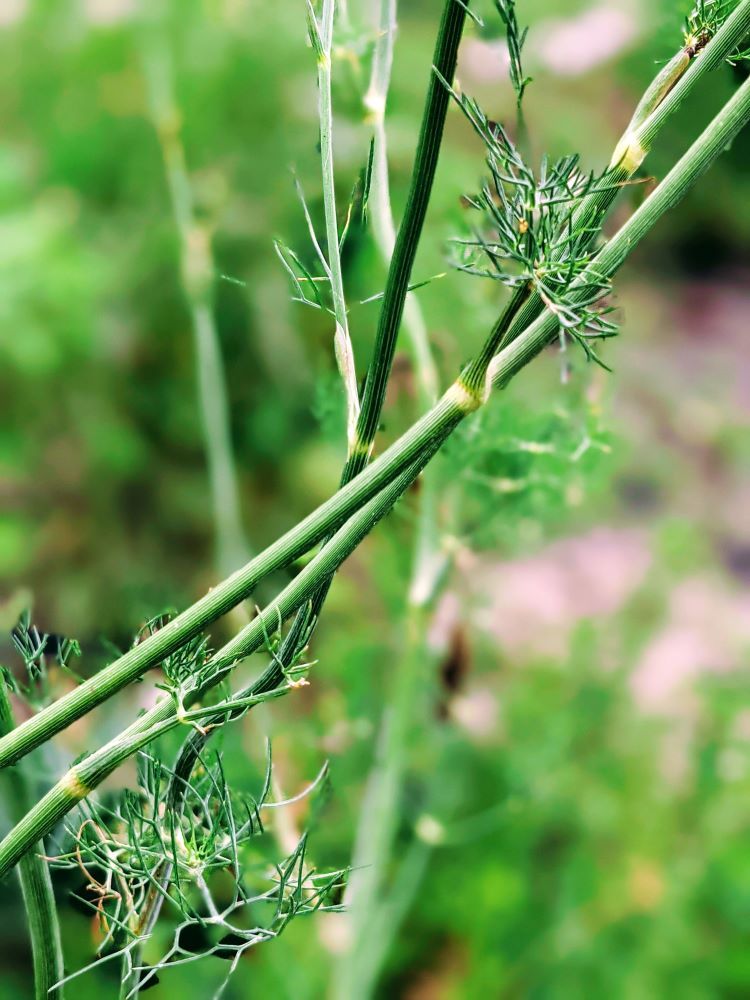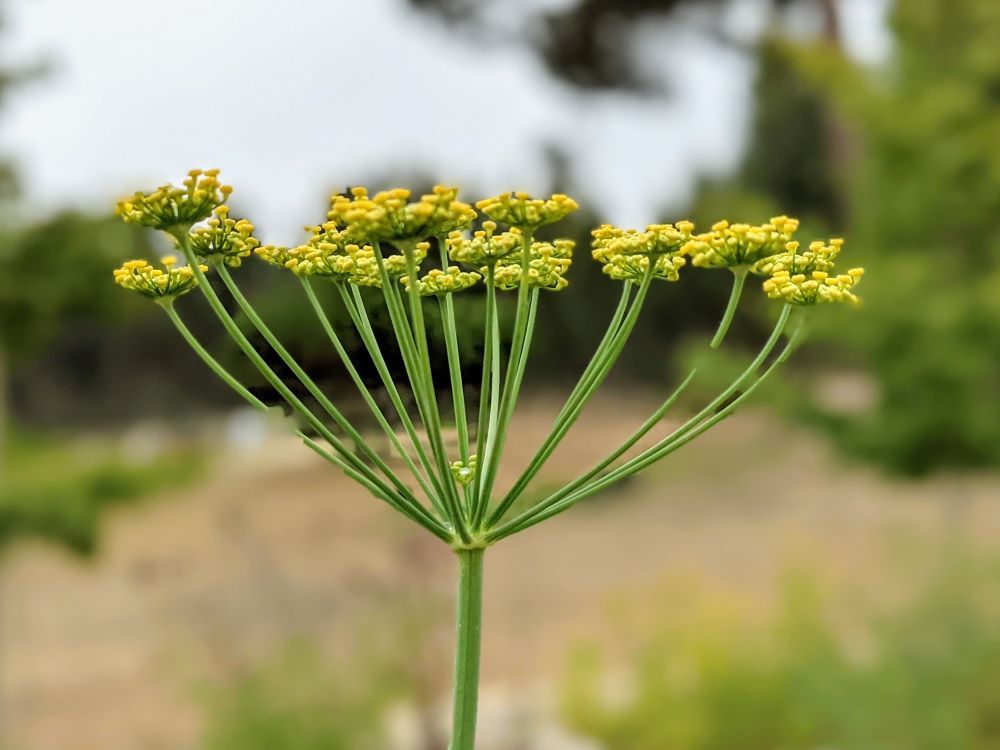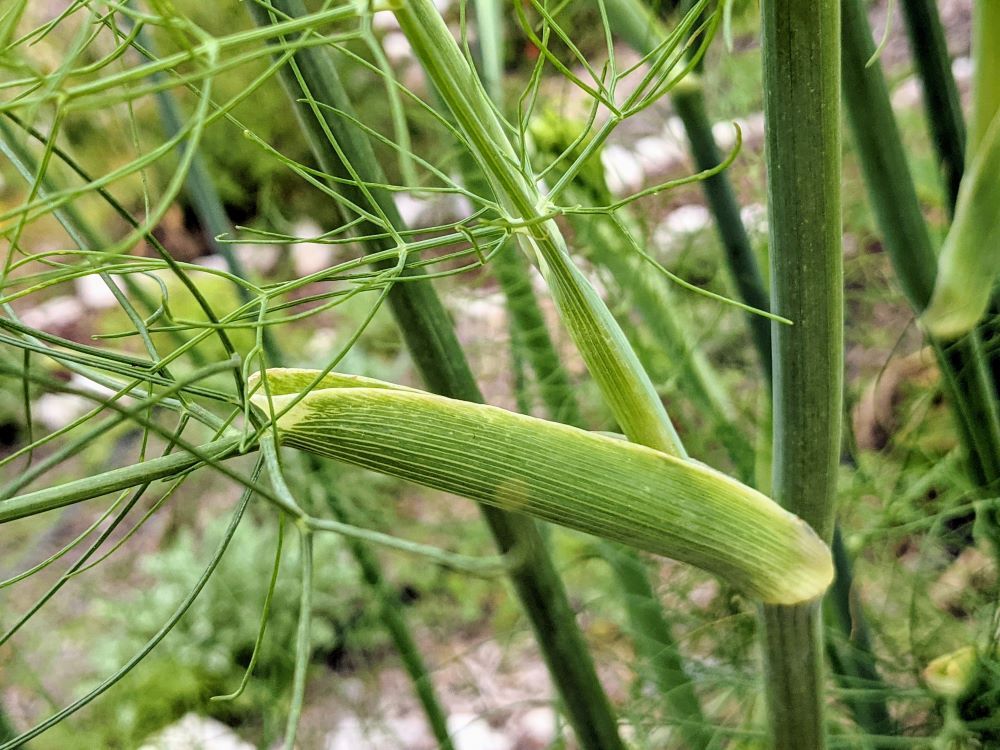Dill vs Fennel
Herbs can taste and be used so differently and yet look so similar. A pair that often demands a second look to identify is Dill and Fennel. Here is a way to tell them apart.
Dill vs Fennel: an overview
Dill is a wonder herb. Packed with nutrients, it looks good, it has a delightful smell, attracts wildlife and can be used to enhance your natural insecticides.
At home, we mostly use it as a condiment, but it can also be drank as a tea, supporting your digestion and being mildly stimulant.
Dill is an annual plant, very easy to grow and care for, here near the coast of central Portugal.
Fennel is also a spectacular herb, with a good smell and attracts wildlife. Because it is a perennial, it is a great addition to a food forest or anyone wanting to enjoy the leaves of these evergreen plants year around.
The root is edible and a classic in Portuguese cuisine, particularly in soups. It combines very well with apples, making it an outstanding food for babies (as a purée, for example). Children and grown-ups can also enjoy it as a snack or breakfast.
Obviously, if you eat the root of the fennel, then you will need to plant another fennel, thus discarding the perennial factor.
The medicinal uses are similar to those of dill, but also include anti-inflammatory, analgesic and expectorant. There are additional uses, such as drying the leaves to make a natural repellent, or even making dyes, but we haven't experimented with those yet.
Telling Dill and Fennel apart
Moving on, they both grow tall, are green and get the very thin leaves with a beautiful bouquet of tiny flowers at the top. So, how can we tell them apart?
A clear sign can be found on the flower head, if it is already present. The Dill will have a rounded shape, like an inverted as sphere.
Additionally, the leave stalks are thin, until they burst into a set of dark green, thin leaves.


The fennel, on the other hand, will have a different shape. The steam will branch off upwards and then deliver the flower heads at the same height, creating a flat top. The final shape is similar to an inverted cone.
The stalks will also give you a good clue. They have some wider, flat sections, before reaching the thin leaves.
Fennel will also grow taller - ours are now taller than me - often surpassing 1 - 1,5 meters.
Finally, depending on how mulched the plant is, you might be able to see the root popping over the soil, with a large white and “scaled” texture.



With this information, it should be easier to tell these two wonderful plants apart. If not, the scent will soon give you all the answer or better yet a taste of its leaves.
If you are growing Fennel, please note that it doesn't get along well with many annuals, although it is a good companion for coriander. Dill, on the other hand, will benefit from being close to the cabbage crops and away from carrots. You can find more in this compilation of companion plants, to support the growth of your vegetable garden.
If you enjoyed this post, you might also be interested in knowing how to distinguish the courgettes from pumpkins.